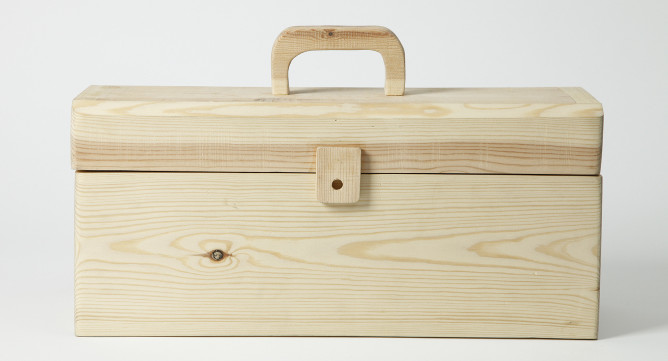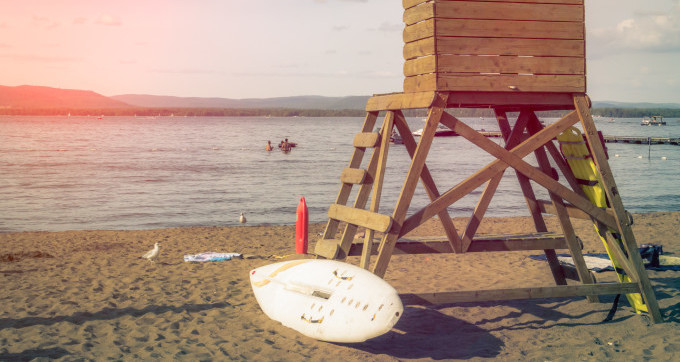With the opportunity to teach with/to a variety of people this summer, I find myself traveling on the job. I will head to the University of Texas practice rooms, some private homes, a downtown Austin music school, and a few churches. Without the luxury of an established home studio featuring shelves of resources at my fingertips, I am in need of a transportable bag for the most important teaching necessities.
A subscriber to the minimalist mindset, I believe that the possessions and actions I adopt must have maximum value. In other words, I choose to use/do only the things that I understand and enjoy completely. I find that operating this way provides clarity, time, inherent organization and focus. It is empowering to become the curator of one’s life (schedule + closet + home + menu) with a few simple priorities.
With that in mind, my aim for this tool kit is maximum functionality. Because I don’t want to wheel in boxes of music, games, and toys, multicolored tapes, and 125 pencils into each lesson, I have minimized my list only to the most important and most valuable objects. Rather than leaving a box of items at each teaching location, I believe this method will also allow me to serve students fairly. Below I have identified the tools that are most useful to me as a teacher (for the moment), and now look forward to sharing their value with each and every student.
iPad. This handy gadget, a graduation gift, has become an invaluable part of my days on-the-go . This light device is my notebook (evernote), video camera, and scanner (scanner pro). I have also uploaded my notes from past teacher trainings for quick reference, as well as a couple of essential books (Nurtured by Love, William Starr’s The Suzuki Violinist).
Suzuki Books 1-3. A reference for me, and useful if parent and student forget their music for the day. I only carry the books through my highest level student. I bracketed preview spots in each piece, and leave the book on a stand/tabletop close by if I ever need to confirm something.
A Utensil Pouch. A small collection of writing utensils. A mechanical pencil (for me). A wooden, sharp pencil (for the stand). A big eraser (for big changes). A marker (for drawing on hands/arms/etc). A permanent marker (for drawing on fingernails).
Finger Tapes. Just one thin, fluorescent orange roll for now. A couple more varieties in the future, perhaps.
Rubber Bands. Possibilities endless. However, I have in mind special uses for shoulder rests, bow “seat belts” to keep the fingers of the bow hold in place, for demonstrations of a springy bow, or for attaching a pencil to the C and working on a quality contact point.
Die. Just one. Useful for allowing the number of repetitions (in the lesson, at home, with a partner, with perfect posture, etc) to fall to “chance.” AKA: the teacher’s/parent’s scapegoat.
Three small objects. I have a marble, a small plastic fishing buoy, and a cute little elephant. I use these to check for level violins and high scrolls. I might also put the elephant on the student’s back to practice a deep bow, and dangle the buoy from elbow/wrist/scroll to externalize raising and dropping.
Handful of pennies. Used to keep score, play games, and account for repetitions. They slide and make a clink when dropped into a can.
Stuffed animal. The other scapegoat. If I want the student to play a “yes/no” game, I want to make sure I am on the same team as the student. So when playing for pennies, I want the student to feel I am on their side as they attempt to beat [Mr. Frog].
Stickers. The epitome of all rewards. Also useful for marking spots on the bow and fingerboard without having to add a new strip of tape.
This list seems long, but I can easily pack it all into a shoulder tote bag. I’m sure my grouping of materials will change over time, but my priority to use in my teaching only what is most valuable to me and my students will forever remain a principle of my studio.



